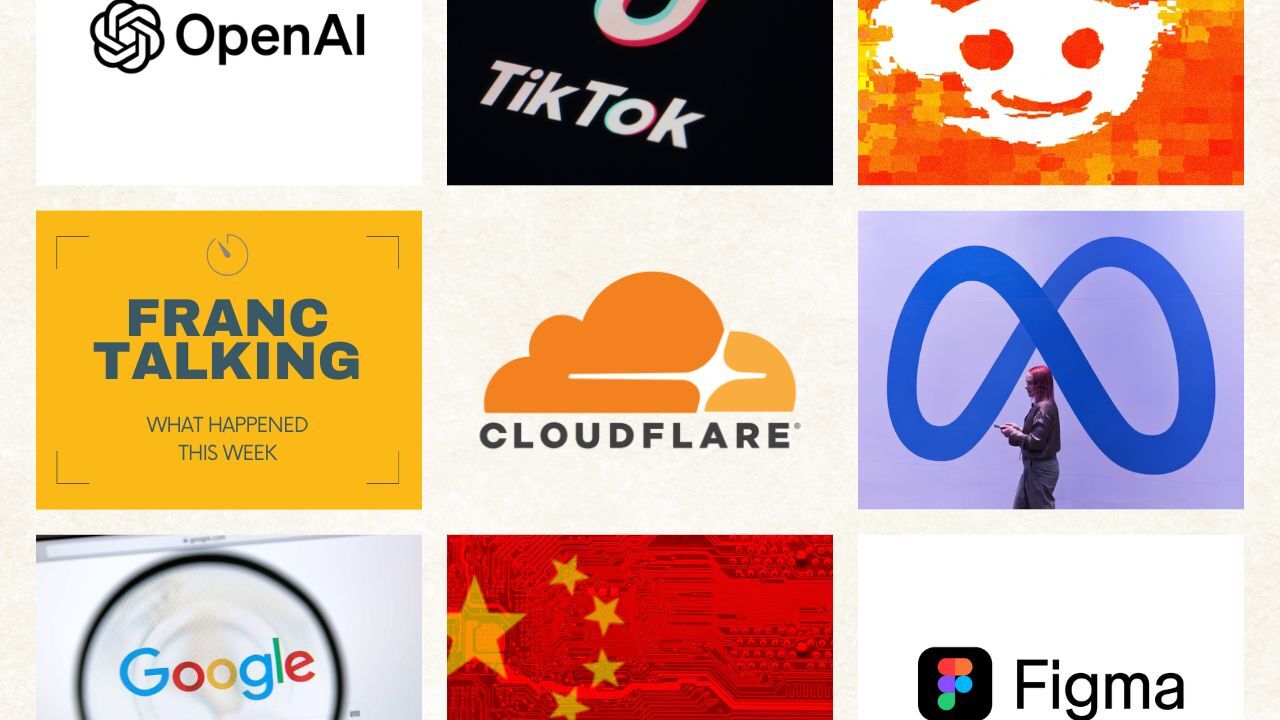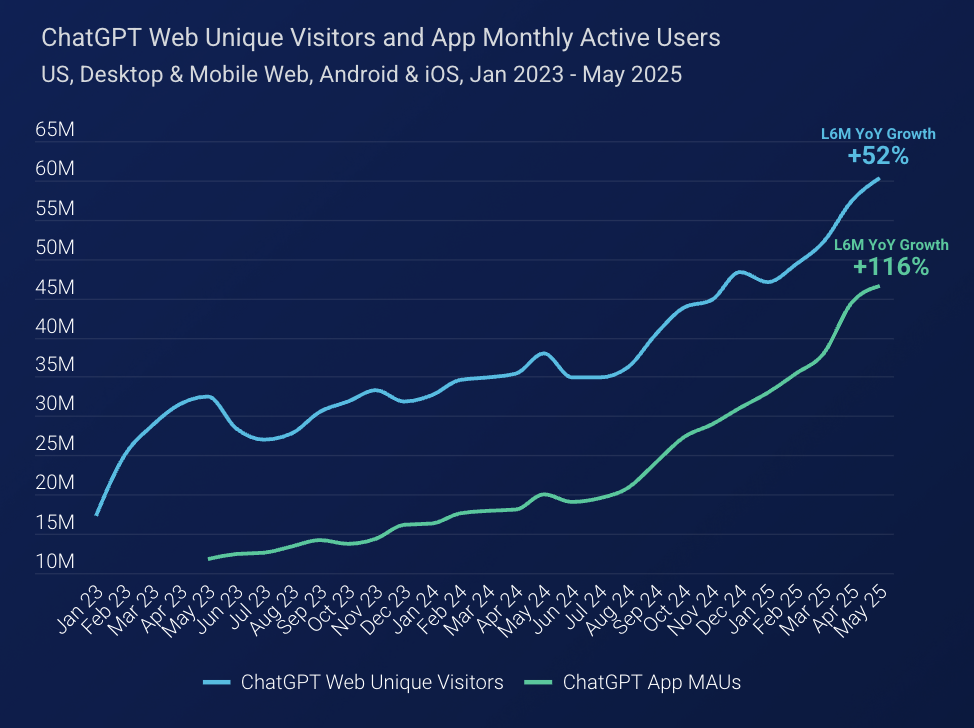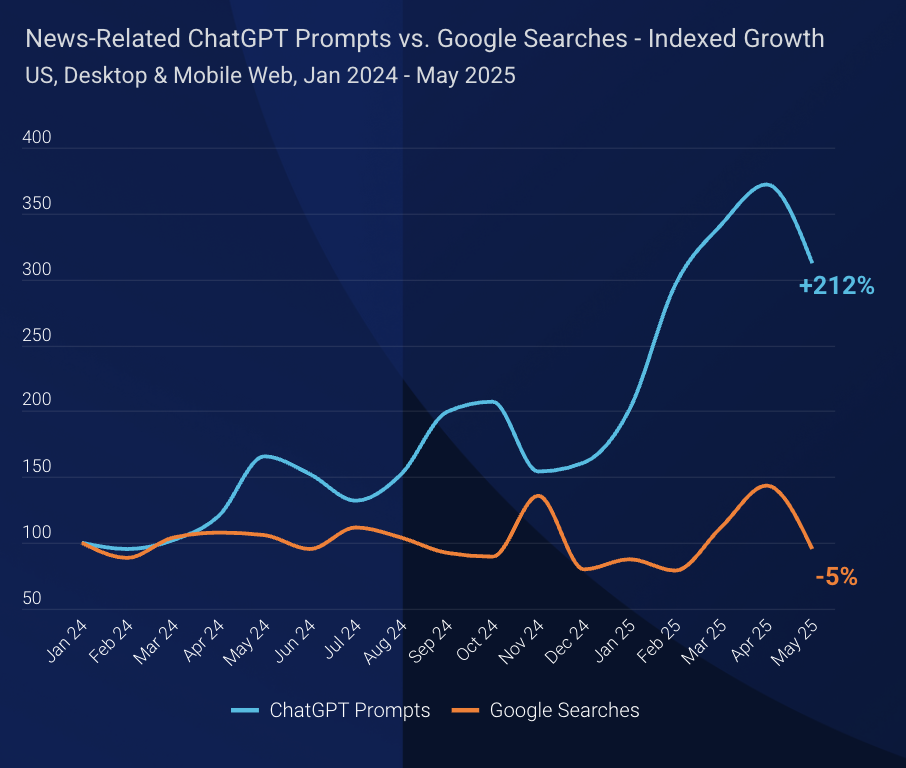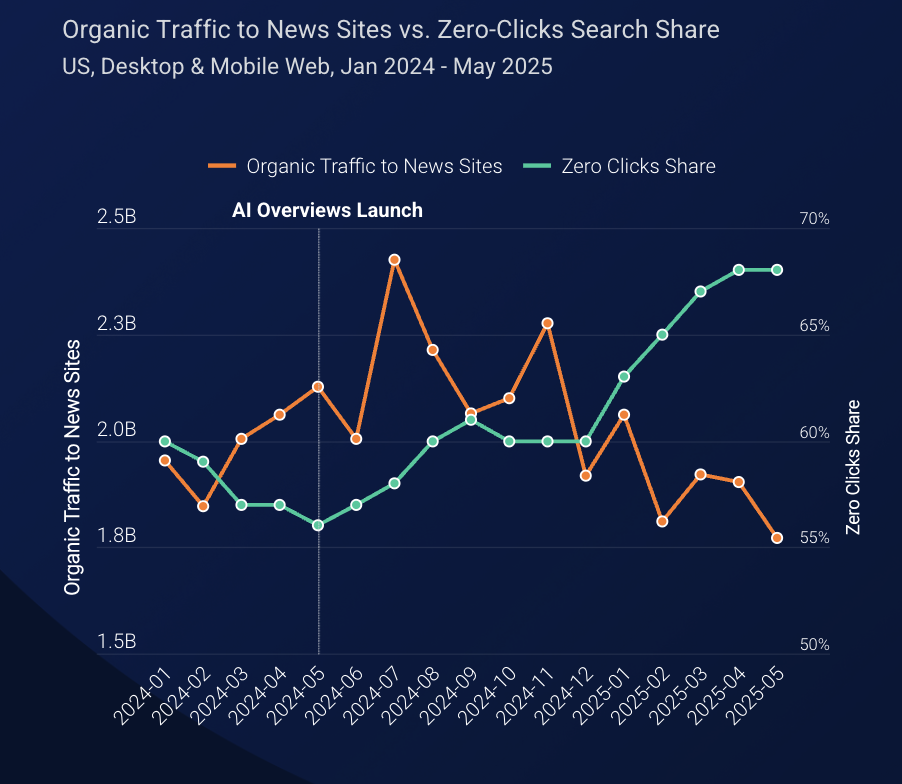Try inFlow Free—$499 Off for a Limited Time
Get started for free and see how simple inventory management can be.
inFlow helps you stay on top of inventory, track costs with precision, and protect your bottom line.
You’ll always know how much you’re spending, what you’re making, and where you can save.
It also simplifies inventory, orders, shipping, and barcode scanning in one easy-to-use system—rated “easy to use” by 93% of users.
Rated 4.6 stars across 500+ reviews on Capterra and named a top pick in multiple competitive comparisons
inFlow connects with Shopify, Amazon, QuickBooks, UPS, and 90+ other tools, so everything works together without the manual work.
Try it free and, for a limited time, save $499 when you upgrade with code EASY499.
An inFlow specialist can show you how to simplify inventory from day one
✅ See how others are navigating change in our case studies
🚀 Compare plans on our pricing page

📖 What I have been reading this week in business, marketing & tech
- OpenAI Leadership Responds to Meta Offers: ‘Someone Has Broken Into Our Home’
- China’s biggest public AI drop since DeepSeek, Baidu’s open source Ernie, is about to hit the market
- At 20 years old, Reddit is defending its data and fighting AI with AI
- Substack Is Having a Moment—Again. But Time Is Running Out (Sub required)
- Apple weighs using Anthropic or OpenAI to power Siri in major reversal
- Here Is Everyone Mark Zuckerberg Has Hired So Far for Meta’s ‘Superintelligence’ Team (Sub required)
- $5B+ Startups Are Leading The Private-Market Herd In 2025
- AI Memory Features Will Transform Search and Marketing
- Cloudflare launches a marketplace that lets websites charge AI bots for scraping
- Figma files for an IPO. What investors should know about the Adobe design rival.
- Jury says Google must pay California Android smartphone users $314.6m
- China Is Quickly Eroding America’s Lead in the Global AI Race
- Racist AI-generated videos are the newest slop garnering millions of views on TikTok
- The crawl before the fall… of referrals: understanding AI’s impact on content providers
- Google AI Mode Shows 91% URL Change Across Repeat Searches
- LLM Visibility Tools: Do SEOs Agree On How To Use Them?
- ChatGPT referrals to news sites are growing, but not enough to offset search declines
- Google's AI Overviews hit by EU antitrust complaint from independent publishers
- The GenAI Optimization Tool Quadrant: 30+ Toolsets: Coverage Scored, Confidence Tested
👆 Tap-worthy reads from this week.
🎯 Hey content creator!
Thinking about launching your own newsletter? I recommend Beehiiv — it’s built for creators, with all the tools you need to grow:
✏️ Beautiful templates
🚀 Powerful growth features
📈 Built-in analytics
💸 Monetisation tools
All in one place, no fuss.
🐝 Try Beehiiv with my link(You'll help support me if you sign up via this link 💙)








